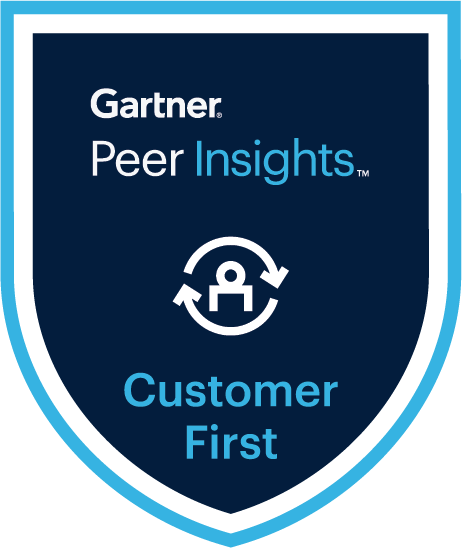
Fascinating Data Harmonization Tactics That Can Help Your Business Grow
Supply chain management (SCM) is an important factor in managing the product of a business and recognizing the needs of the customer. In the supply chain, crucial information for a business is contained in order to decide how a commodity is sold in order to change prices and value for the consumers. Companies who manage their supply chains will increase their profitability and satisfy their customers' requirements better.
Today's world has a substantial amount of data from various sources which are complied in various ways and at various phases of usability than ever before.
Data analytics have taken the entire corporate world by storm. Vintage features of data analytics like artificial intelligence, predictive analytics and other such technologies have taken the greater part of consideration.
The fact that, data analytics is as good as the data they rely on. However, without data harmonization, these innovations cannot be carried out to their latent potential .
Data harmonization enables a collection of various enormous data, pooling and processing the same into the structured and common format. This process removes incorrect and inadequate information from the raw data. Furthermore, the data is organized as a single source of information that a whole company can utilize it.
Master data cataloging is the way of organizing and standardizing how the data will be managed. Data cataloging merges all the specifics of organizations data assets using a technical dictionary with regimented classification templates and data requirements.
Also, this enables the method of standardization for abbreviation and description generation. Along with these features PiLog’s data cleansing, cataloging and classification services pave the way to quality master data.
Data harmonization analyses the current data behavioral traits, measures taken on the data and utilizes that data to modify, improvise or promote consequent data quality enhancements.
Data providers use different master data attributes like classes and description to ensure that everyone has a consistent set of master data for analytics and reports which needs to be harmonized.
All the data that refers to the same object is linked to one single data record helping in identifying the source with independent description or ID. Consistent harmonized attributes linked to all data records are taken into account for record harmonization.
As discussed above, it is becoming quite a challenge for consumer goods organizations to access their data from various sources on a regular basis. This inconsistent data sets are resulting incorrect analysis, that can then misleading the business strategies.
Moreover it lowers the return of investment, complicating to validate the additional expenses on data. For utilizing the data to its potential, these data sets should be harmonized.
Key challenges arising from an un harmonized data framework involve:
- Insufficient values for the same standard of measures from different sources.
- Teams using multiple data sources to tackle the same issue, results in perspectives conflicts.
- Unavailability of centralized data governance strategy.
Data from various sources in various formats need to be harmonized to obtain structured data. Harmonization of data means having a single source of data.
Here are some tactics for effective data harmonization
- Assure that, data used in an organization is from a single source. So that the organization have clear picture of data which prevents uncertainty and increase productivity .
- Implementing the new technologies including the analytics reduces the effort in collecting, finding and deploying the data that can be used in a more effective and faster way by an entire organization.
- Spending ample time to identify the right source of data, reduces the capital cost and the overall cost of processing data and using it productively.
- Know your data, discover the right source of data and aligning the data helps to make better decisions.
Thus, Data Harmonization acts more like a filtration process of required data. It helps to seamlessly combine the various data elements and variables into one harmonized data set which can be used as per the further requirement. It enables distinguished data management by taking relevant and optimized decisions.
PiLog makes it easier to manage your data that defines how your business is and where it is likely to be going. It’s the organization and people who manages their data are responsible for success.





